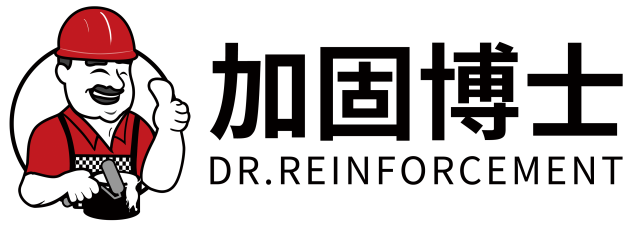Understanding Carbon Fiber Bonding Solutions
When working with advanced composite materials, selecting the appropriate carbon fiber adhesive becomes crucial for ensuring structural integrity and long-lasting performance. These specialized bonding agents are engineered to create incredibly strong connections between carbon fiber components while maintaining the lightweight properties that make carbon fiber so desirable. Whether you're working on automotive projects, aerospace applications, or sporting equipment, the choice of adhesive can significantly impact the final product's durability and reliability.
The world of carbon fiber adhesives has evolved substantially over the past decade, offering solutions that cater to various environmental conditions, cure times, and strength requirements. Modern adhesive technologies provide options ranging from quick-setting formulas for rapid prototyping to aerospace-grade bonding agents capable of withstanding extreme conditions. Understanding these options is essential for achieving optimal results in your carbon fiber applications.
Essential Properties of High-Performance Adhesives
Chemical Composition and Bonding Strength
The effectiveness of a carbon fiber adhesive largely depends on its chemical composition. Epoxy-based adhesives remain the most popular choice, offering excellent strength-to-weight ratios and superior resistance to environmental factors. These formulations typically contain hardeners and additives that enhance specific properties such as heat resistance, impact strength, and cure speed.
Modern carbon fiber adhesive formulations often incorporate nano-materials and specialized polymers that create stronger molecular bonds with carbon fiber surfaces. These advanced compositions ensure better load distribution across the bonded area and minimize the risk of delamination under stress. The chemical stability of these adhesives also prevents degradation over time, maintaining bond strength even in challenging conditions.
Temperature and Environmental Resistance
High-performance carbon fiber adhesives must maintain their structural integrity across a wide temperature range. Premium adhesives typically offer stability from -40°C to +180°C, making them suitable for diverse applications. Environmental resistance extends beyond temperature tolerance to include protection against moisture, UV radiation, and chemical exposure.
The best carbon fiber adhesive options feature advanced moisture-resistant properties, preventing water ingress that could compromise bond strength. This characteristic is particularly important for outdoor applications or in environments where humidity fluctuations are common. UV stability ensures that exposed bonds don't deteriorate under sunlight, maintaining long-term structural integrity.
Application-Specific Selection Criteria
Surface Preparation Requirements
Successful adhesive bonding begins with proper surface preparation. Different carbon fiber adhesive types require varying levels of surface treatment to achieve optimal bonding. Some advanced formulations can bond effectively with minimal surface preparation, while others may need thorough cleaning, sanding, or chemical treatment.
Understanding the surface preparation requirements helps in selecting an adhesive that aligns with your production capabilities and time constraints. Modern adhesive systems often include surface preparation guidelines and compatible primers that enhance bonding effectiveness while streamlining the application process.
Cure Time and Processing Windows
The cure time of carbon fiber adhesive significantly impacts manufacturing efficiency and project timelines. Fast-curing adhesives offer quick handling strength, ideal for high-volume production or time-sensitive repairs. However, these quick-set formulations might sacrifice some long-term strength properties compared to slower-curing alternatives.
Working time and cure schedules should match your assembly process requirements. Some applications benefit from longer working times that allow precise positioning and adjustment, while others prioritize rapid strength development. Advanced adhesive systems often offer adjustable cure speeds through temperature control or specialized activators.

Performance Testing and Validation
Strength Testing Protocols
Selecting the right carbon fiber adhesive requires understanding and validating its performance through appropriate testing methods. Lap shear strength, tensile strength, and impact resistance tests provide quantitative data about adhesive capabilities. These tests should simulate actual service conditions as closely as possible.
Modern testing protocols often include cyclic loading tests and environmental exposure trials to predict long-term performance. Understanding test results helps in comparing different adhesive options and ensuring they meet specific application requirements. Documentation of testing procedures and results supports quality control and certification processes.
Long-term Durability Assessment
The long-term performance of carbon fiber adhesive joints depends on various factors, including stress distribution, environmental exposure, and loading patterns. Accelerated aging tests help predict service life under specific conditions, while fatigue testing evaluates performance under repeated loading cycles.
Advanced monitoring techniques, including acoustic emission testing and digital image correlation, provide insights into bond behavior over time. These assessments help identify potential failure modes and optimize joint design for maximum durability. Regular inspection protocols ensure maintained performance throughout the product lifecycle.
Safety and Handling Considerations
Personal Protection Equipment
Working with carbon fiber adhesive requires appropriate safety measures to protect personnel during mixing, application, and curing processes. Proper ventilation, protective gloves, and eye protection are essential components of a comprehensive safety protocol. Some advanced adhesive systems may require additional precautions due to their chemical composition.
Training programs should cover proper handling procedures, emergency response protocols, and waste disposal guidelines. Modern adhesive manufacturers often provide detailed safety documentation and technical support to ensure proper use of their products. Understanding and implementing these safety measures protects workers while ensuring optimal adhesive performance.
Storage and Shelf Life Management
Proper storage conditions significantly impact the performance and longevity of carbon fiber adhesive products. Temperature-controlled environments, protection from light exposure, and proper sealing help maintain adhesive properties until use. Regular inventory rotation ensures that products are used within their recommended shelf life.
Advanced storage systems may include temperature monitoring and humidity control to maintain optimal conditions. Documentation of storage conditions and expiration dates supports quality control efforts and prevents the use of compromised materials. Proper storage management reduces waste and ensures consistent adhesive performance.
Frequently Asked Questions
What temperature range can carbon fiber adhesives typically withstand?
High-quality carbon fiber adhesives generally maintain their structural integrity between -40°C and +180°C, though specific ranges vary by formulation. Premium aerospace-grade adhesives may offer even wider temperature resistance, sometimes exceeding 200°C for specialized applications.
How long does carbon fiber adhesive take to fully cure?
Cure times vary significantly depending on the adhesive formulation, temperature, and application requirements. While some quick-set varieties achieve handling strength in minutes, full cure typically takes 24-48 hours at room temperature. Heat-accelerated curing can reduce this time to as little as 1-2 hours.
Can carbon fiber adhesive be used on other materials?
Many carbon fiber adhesives are versatile enough to bond effectively with various materials, including metals, plastics, and other composites. However, surface preparation requirements and bond strength may vary. It's essential to verify compatibility and perform appropriate testing for specific material combinations.
What shelf life can I expect from carbon fiber adhesive?
When stored properly in sealed containers at recommended temperatures, most carbon fiber adhesives maintain their properties for 12-18 months. Some specialized formulations may have shorter shelf lives, while others, particularly single-component systems, can last up to 24 months or more.


